Published June 19, 2020
Guest blog: Bill Blass’ fashion designing dreams began in Indiana hometown
By Meghan Smith, conservation lab manager at the Indiana State Museum and Historic Sites
Bill Blass, quintessential American fashion designer and businessman, was born in Fort Wayne on June 22, 1922. But from an early age, he seemed to have only one objective: to leave.
In a 1968 interview in The Saturday Evening Post, Bill referred to his hometown as “a miserable place to grow up in.” Despite having this dim view of his hometown, he threw himself into school activities like the student paper and art classes. He loved going to the movies, especially films depicting stylish and elegant New York society mavens.
Actress Carole Lombard, a fellow native of Fort Wayne who had escaped to Hollywood, was a particular inspiration to Bill. This love for style, combined with his artistic talent, began to see success when, at age 17, he began selling clothing designs to New York manufacturers for $25 each.
That income enabled Bill to realize his dream of moving to New York and enrolling in Parsons School of Design.
His career path took a slight detour during World War II, when Bill put his creativity and talent to a different use. He enlisted in the 603rd Camouflage Battalion, informally known as the Ghost Army. The battalion’s sole mission was to deceive the enemy.
Bill and his fellow soldiers designed and produced elaborate ruses in the form of inflatable tanks, fake bivouacs – or temporary camp sites – and decoy artillery batteries. These deceptions lured German forces away from where fighting units were actually stationed and provided critical support as the front lines moved east after D-Day.
After the war, Bill worked a few different design jobs before joining a small but up-scale clothing design and manufacturing firm owned first by Anna Miller and then by her brother Maurice Rentner. Bill worked his way up through the ranks, and by 1960, the company produced clothing labeled “Bill Blass for Maurice Rentner.”
Bill’s sleek designs proved to be massively popular, and he won numerous American Fashion Critics’ Awards. By 1970, he bought out Maurice Rentner and renamed the firm Bill Blass, Ltd.
So, what was the magic ingredient in his designs that made his designs so popular? In part, it was their accessibility.
Bill was perhaps best known for his sportswear. Now mostly a catchall term for casual women’s clothes, in the early 20th century “sportswear” meant daytime separates that did not require a ladies’ maid to get in and out of.
American designers became especially adept at creating ready-to-wear separates that appealed to all women, regardless of background. Bill Blass and a few of his contemporaries (including Ralph Lauren, Geoffrey Beene and fellow Hoosier fashion designer Halston) began using elements of sportswear in their high fashion lines, blurring the boundary between day and evening wear.
American couture meant casual elegance: knits worn with satin or shirting fabric at a gala. Bill was a master of this chic and luxurious vibe. His designs were worn by society’s movers and shakers, and as a result, Bill became a fixture of New York’s social scene in the 1970s and 80s.
He had achieved his childhood dream.
But what became of Bill’s relationship with Indiana? Did he ever reconcile his feelings to the place he professed to dislike so much? Perhaps the answer lies in a trip he took back to Fort Wayne in 1971 – his first visit in 25 years.
Bill attended a charity fashion show that included some of his own designs. The event itself was remarkable, bringing an internationally known designer, famous models and editors from Vogue and Women’s Wear Daily to a modestly sized Midwestern city to rub elbows with Bill’s childhood friends and teachers.
In a press conference for the event, Bill professed astonishment at the city’s growth and beauty. He laughed with old friends when they showed him sketches of his that they’d saved. It was, by all accounts, a good night for both the designer and the people he’d come back to.
That visit seems to have been a turning point, the moment where he began reconciling that his Indiana upbringing had enriched – rather than hindered – his fashion career.
Where many of Bill’s contemporaries strove to dress the best and brightest, Bill wanted to dress everyone – starting with the housewives of Fort Wayne. His love for practical sportswear was born out of his roots in the equally practical Midwest, where only a handful of people had a need for the over-the-top glamour typical of New York society.
Nevertheless, the confidence and ease of his designs appealed to the tastemakers of the fashion world, and Bill Blass’ status as a design icon was cemented.
Shortly before his death in 2002, Bill agreed to a retrospective exhibition of his work through the Elizabeth Sage Costume Collection at Indiana University in Bloomington.
In the forward to the exhibition’s catalog, Bill wrote of his admiration for fellow Hoosier Carole Lombard and their parallels in leaving Indiana to find fame and fortune. Far from dismissing the importance of their Hoosier roots, he noted that “Indiana, after all, is the place where the dream began.”
Perhaps this – the thought that there are plenty of other kids in Indiana whose dreams are just getting started – is what led the well-known fashion designer to hold his retrospective back home in Indiana and later leave a $1 million dollar bequest to Indiana University.
We are lucky to have a rich collection of Bill Blass’ designs here at the Indiana State Museum. They make appearances in our core galleries and temporary exhibits, and you can find a few below in photos.
-
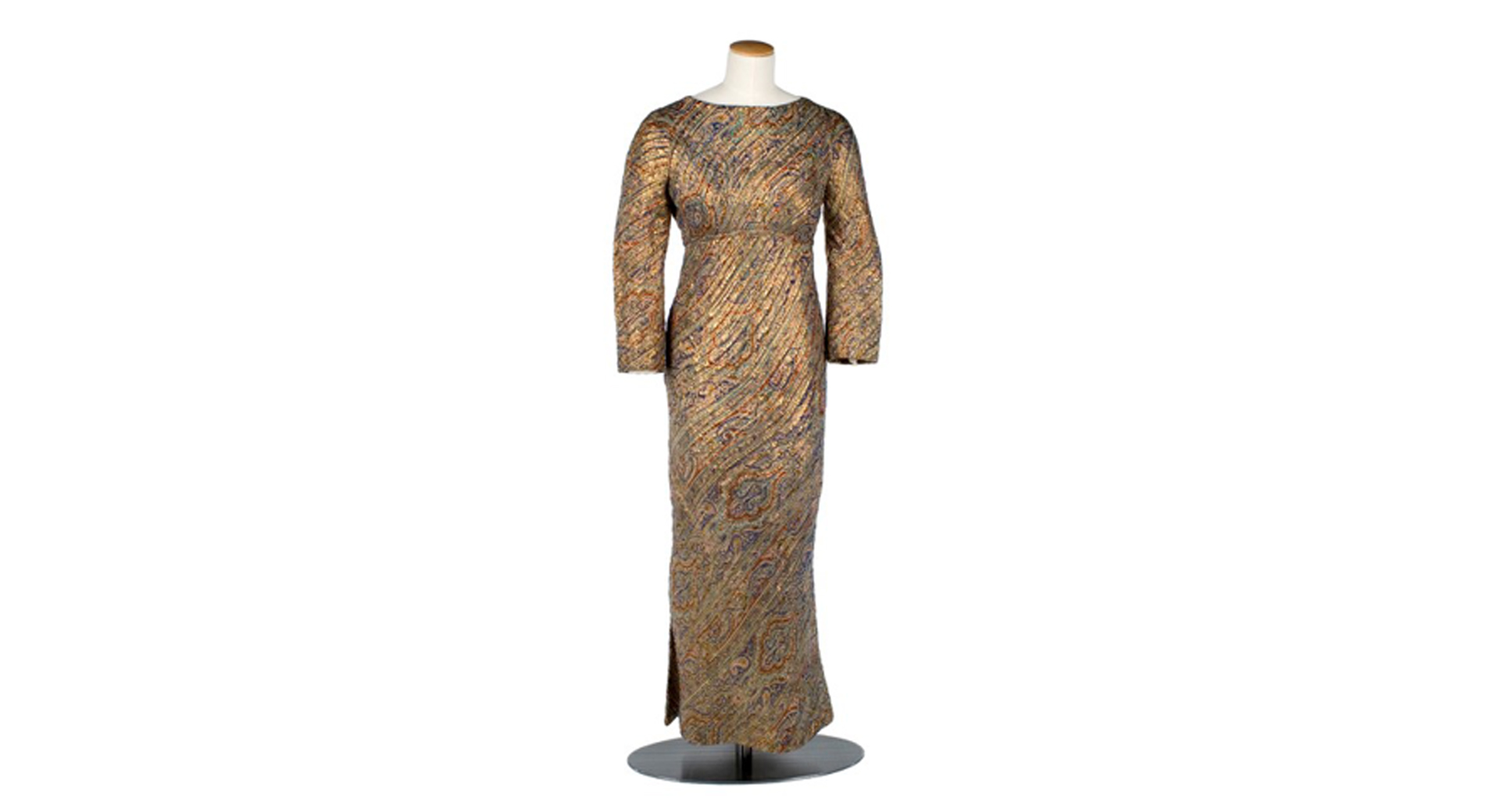
This dress was sold under the label “Bill Blass for Maurice Rentner."
-
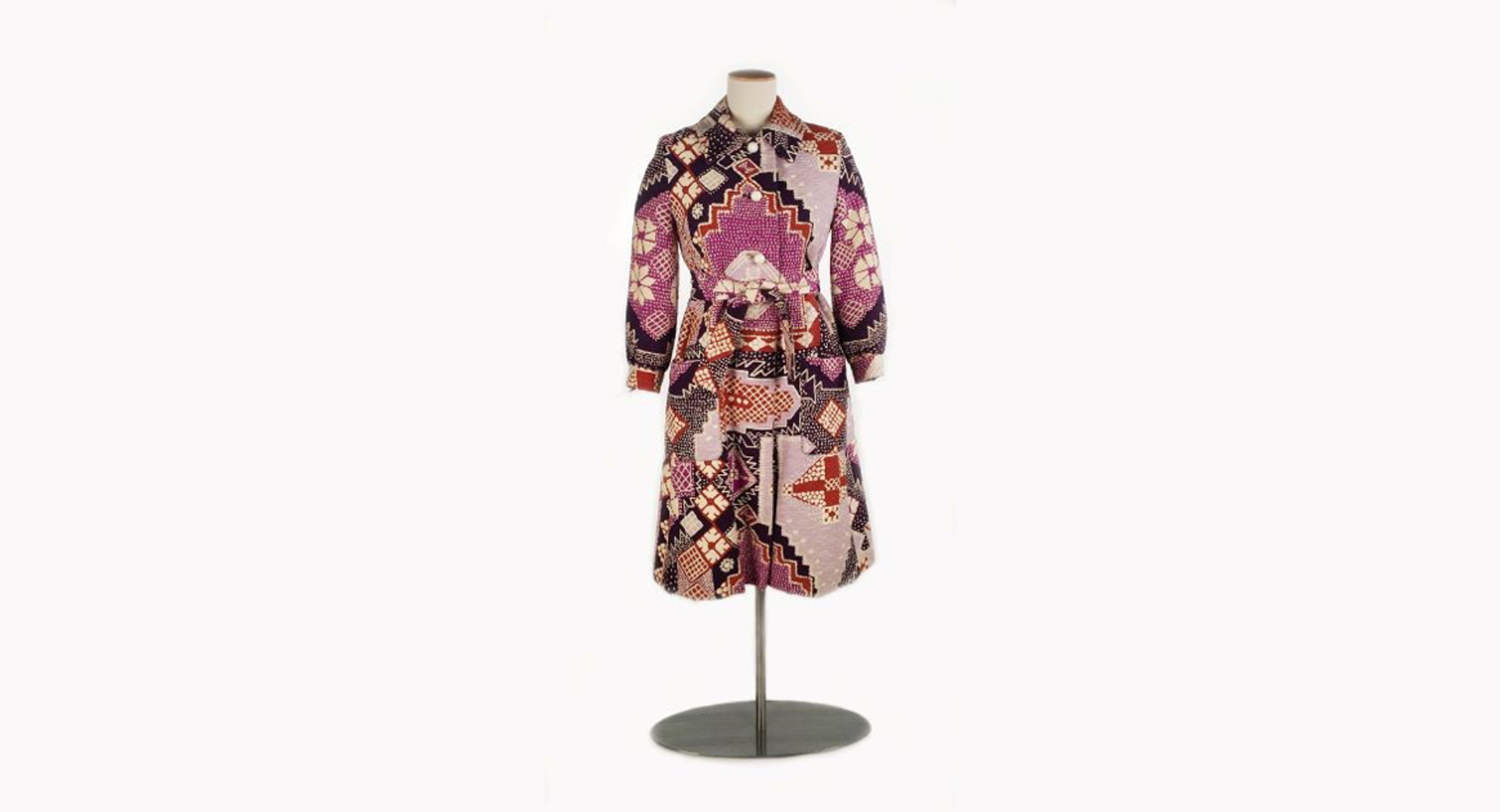
Bill Blass was known for his creative use of prints. This one features a number of motifs reminiscent of quilt blocks.
-
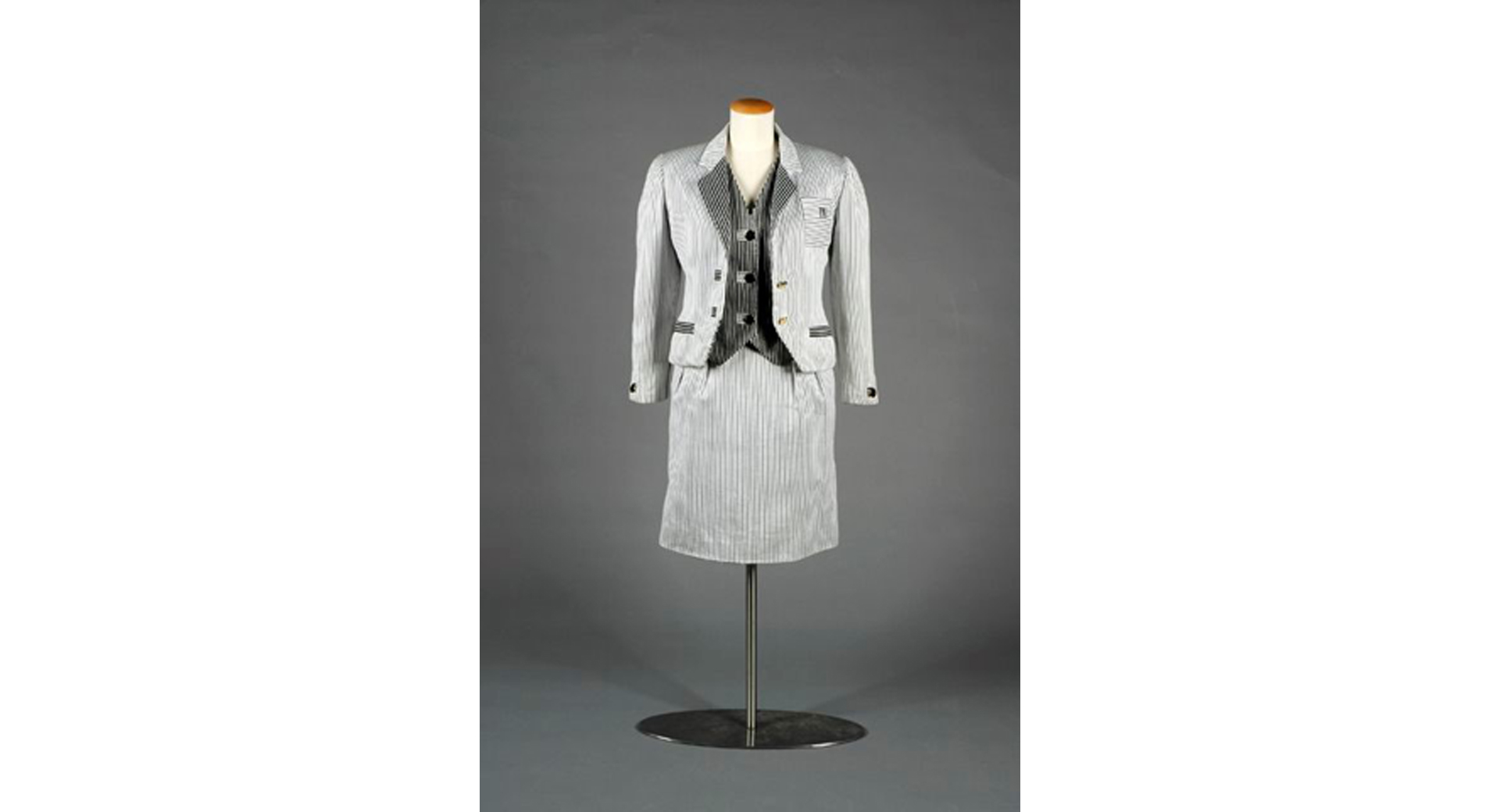
Blass often used elements of menswear in his women’s fashions – in this case, mixed pinstriped fabrics and sharply-tailored lines.
-
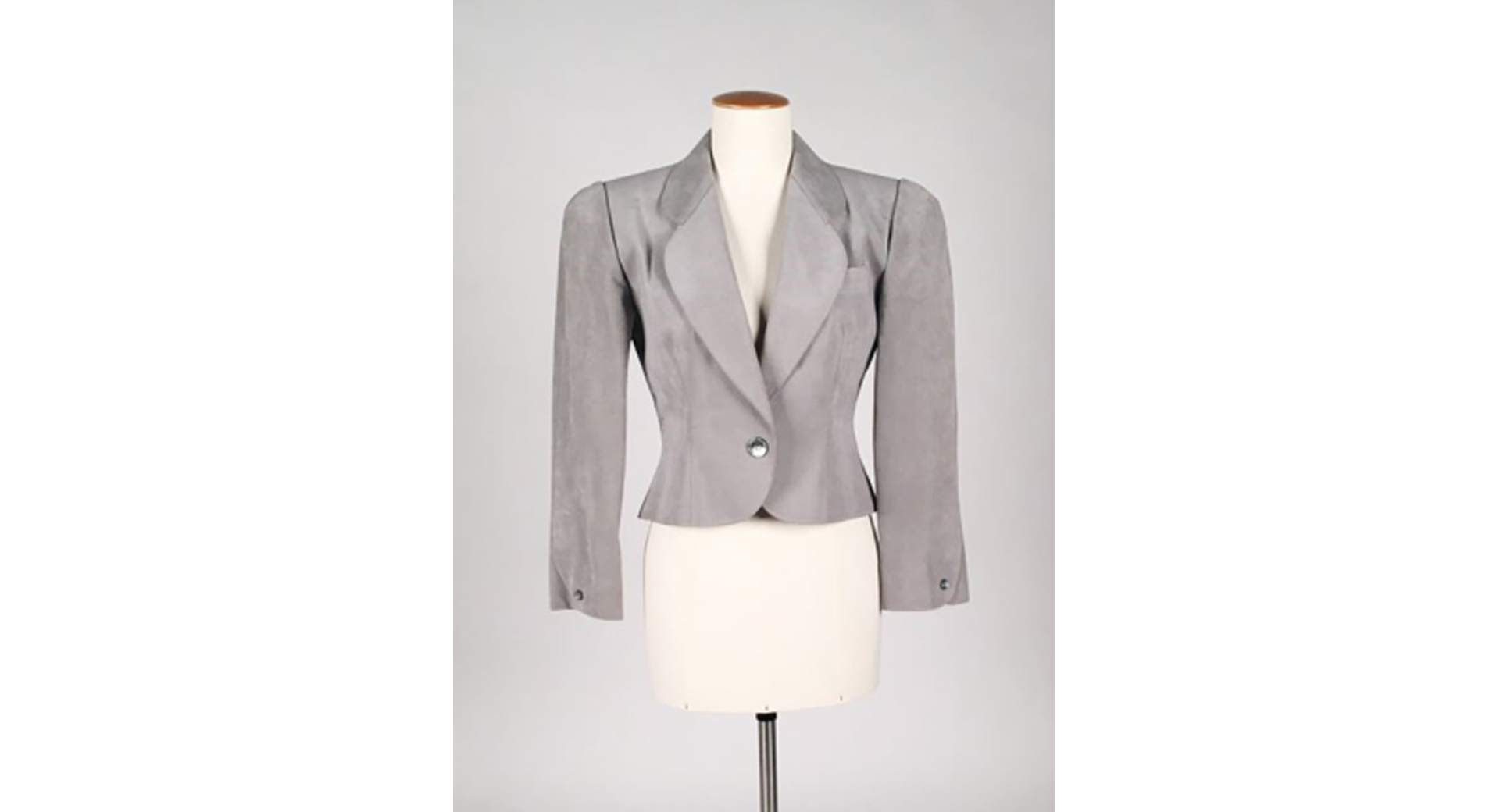
This jacket was as practical as it was stylish. Ultrasuede was a newly developed alternative to suede that was resistant to stains and discoloration.
-
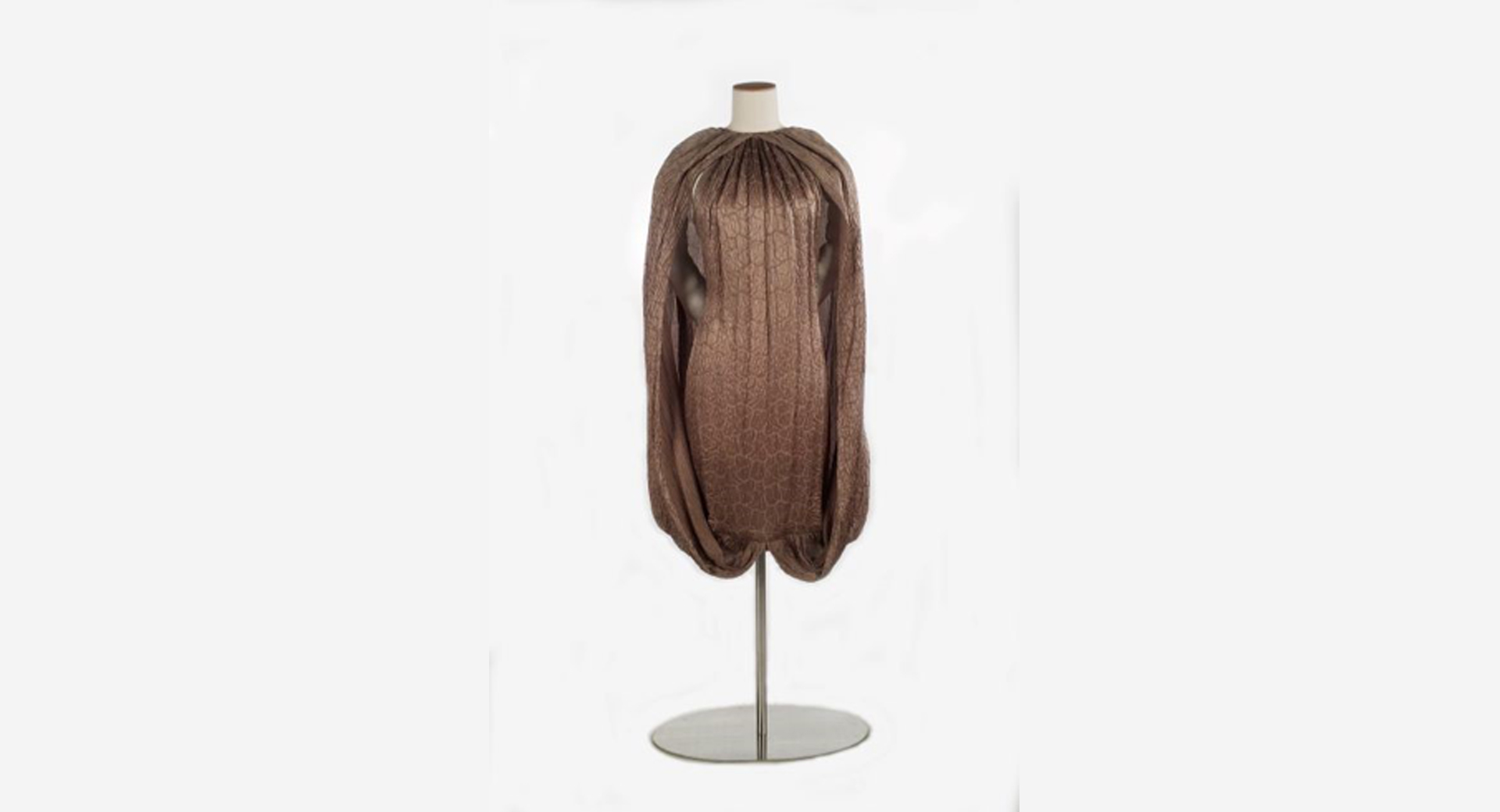
What seems at first look to be a simply-cut dress is, in fact, a complicated combination of dress and cape.
-
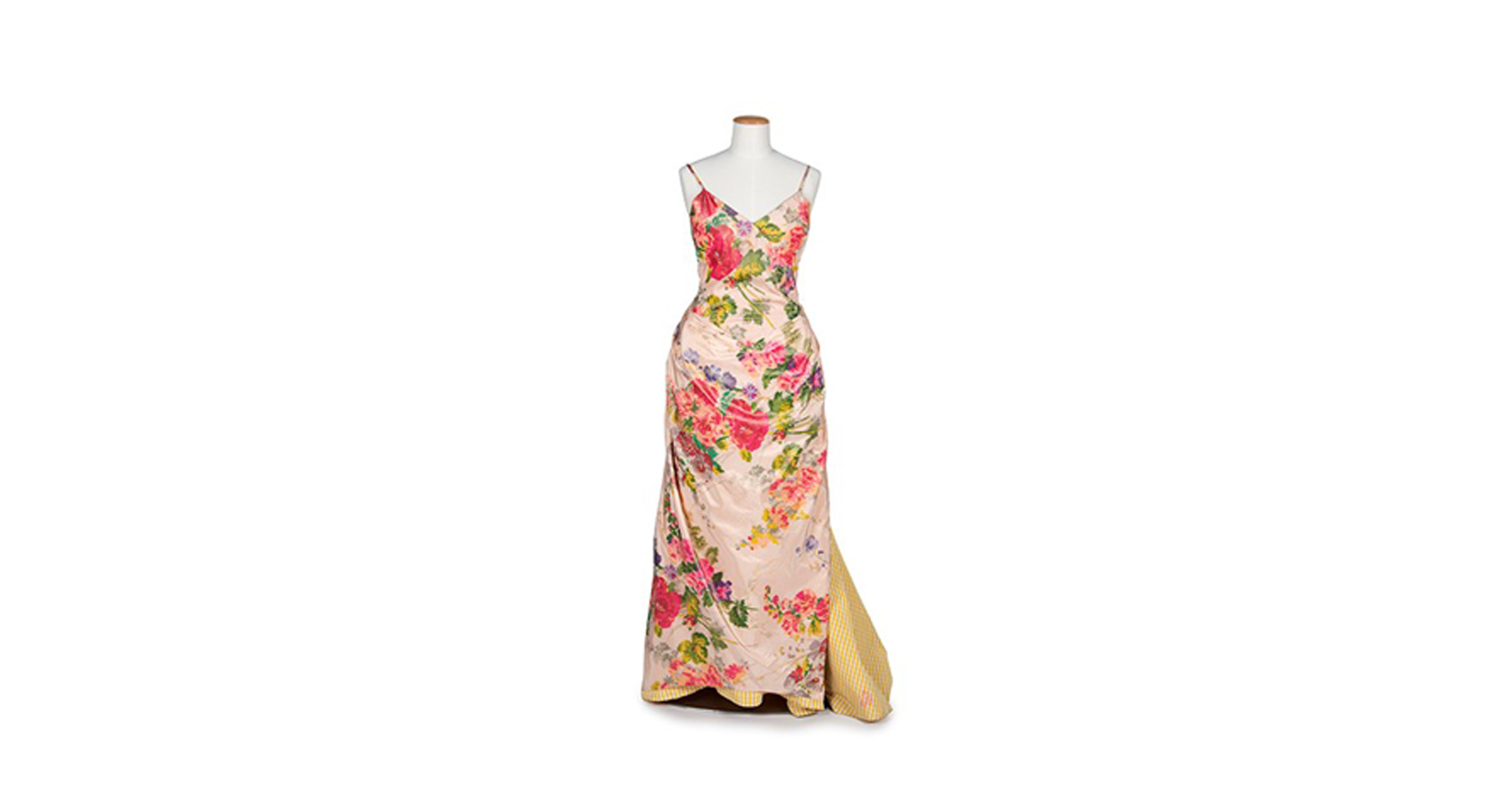
A playful mix of bright florals and yellow gingham looks like a walking picnic in the garden.









